Fun facts to impress your friends
Why is a swan’s neck so long?
What should you do if a skunk asks you to dance?
Is your drone safe from a duck attack?
Do monotremes have nipples?
Read on…
Monotremes are the only group of living mammals that lay eggs, rather than bearing live young. The extant monotreme species are the platypus and four species of echidnas. Like all mammals, female monotremes nurse their young with milk. However, monotremes have no nipples. Instead, they have mammary glands that secrete milk onto specialized areas of fur on the mother's belly. The young then lap up milk from these areas.
Platypus (Ornithorhynchus anatinus)
Short-beaked echidna (Tachyglossus aculeatus)
Platypus (Ornithorhynchus anatinus)
Short-beaked echidna (Tachyglossus aculeatus)
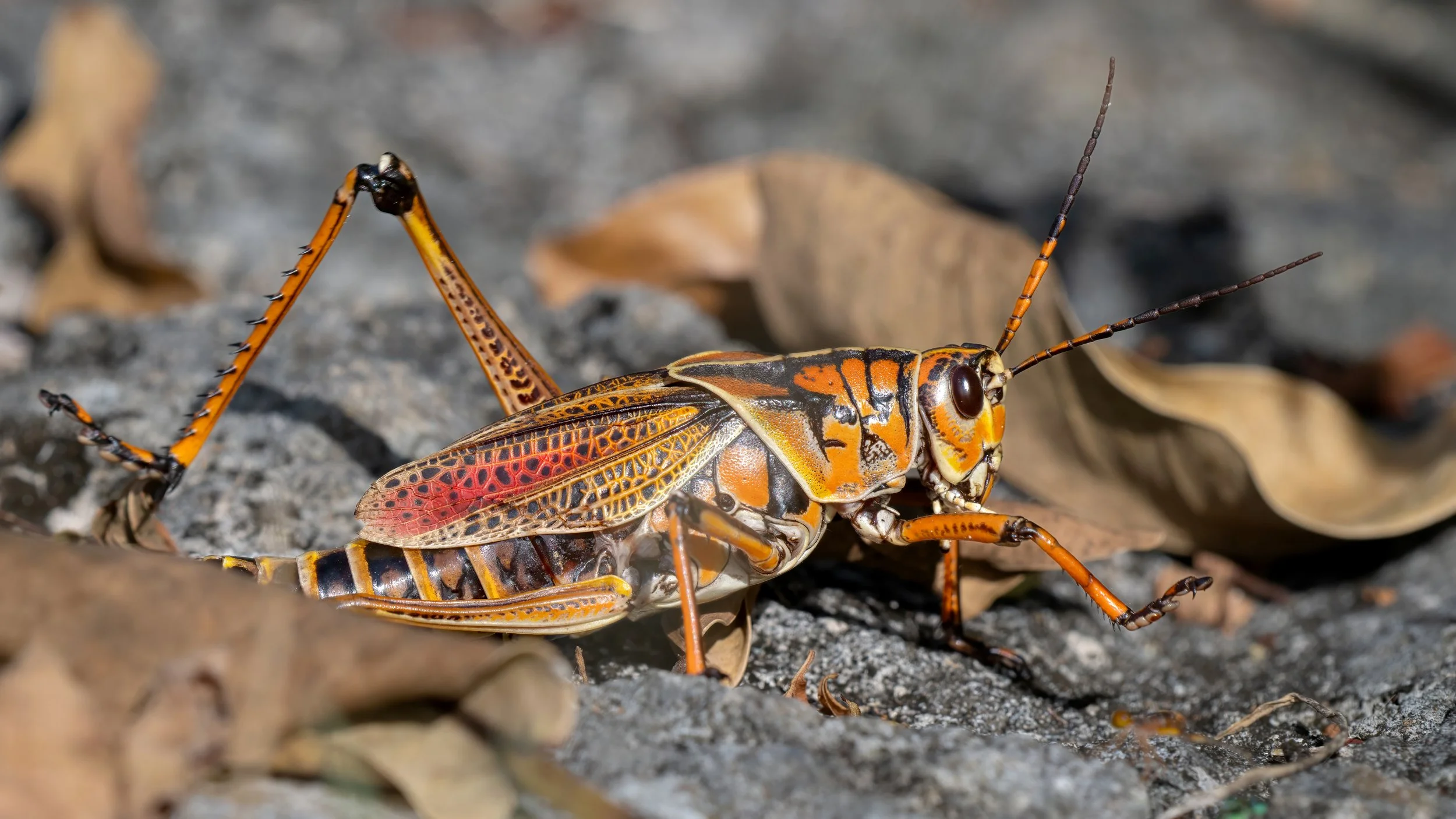
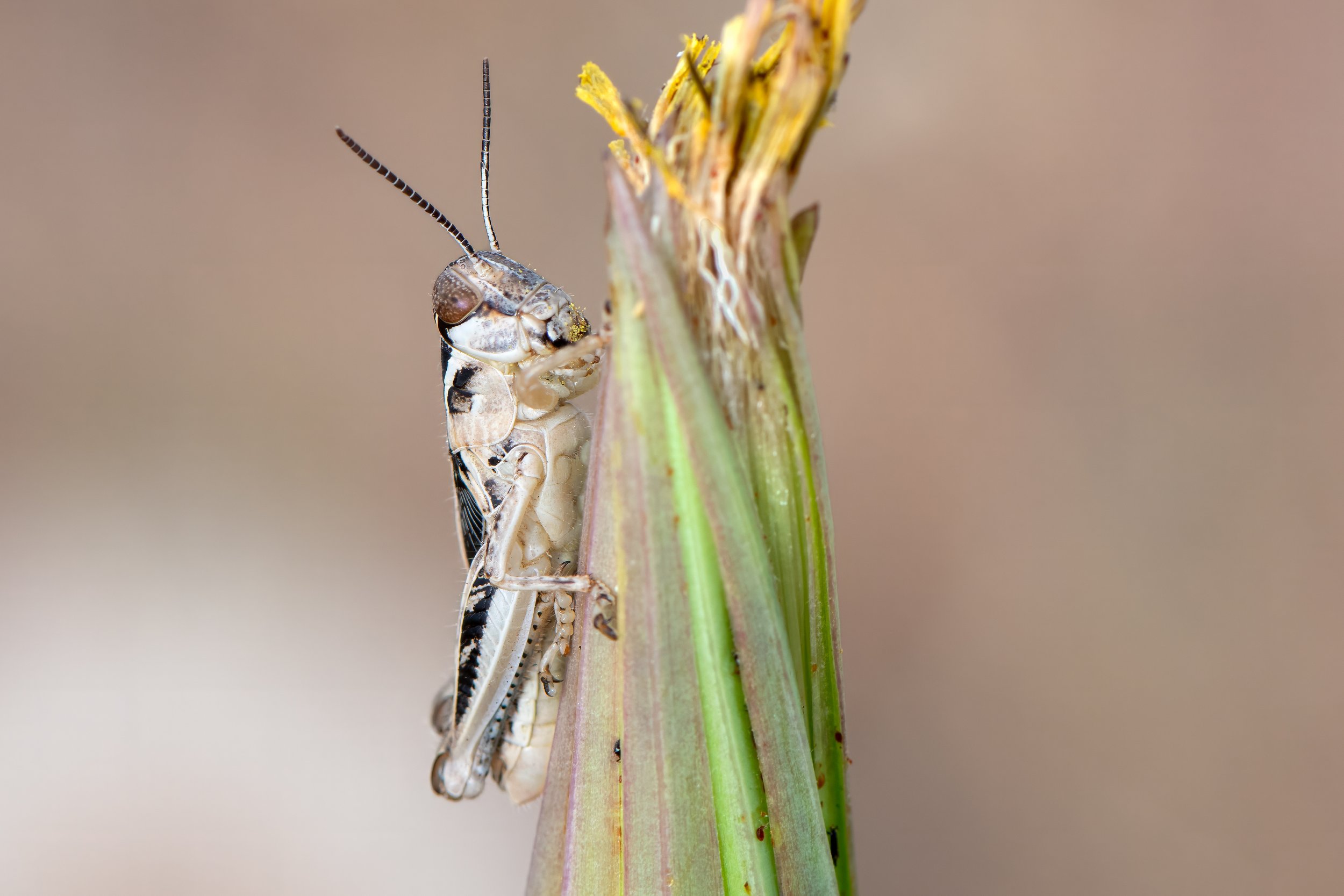
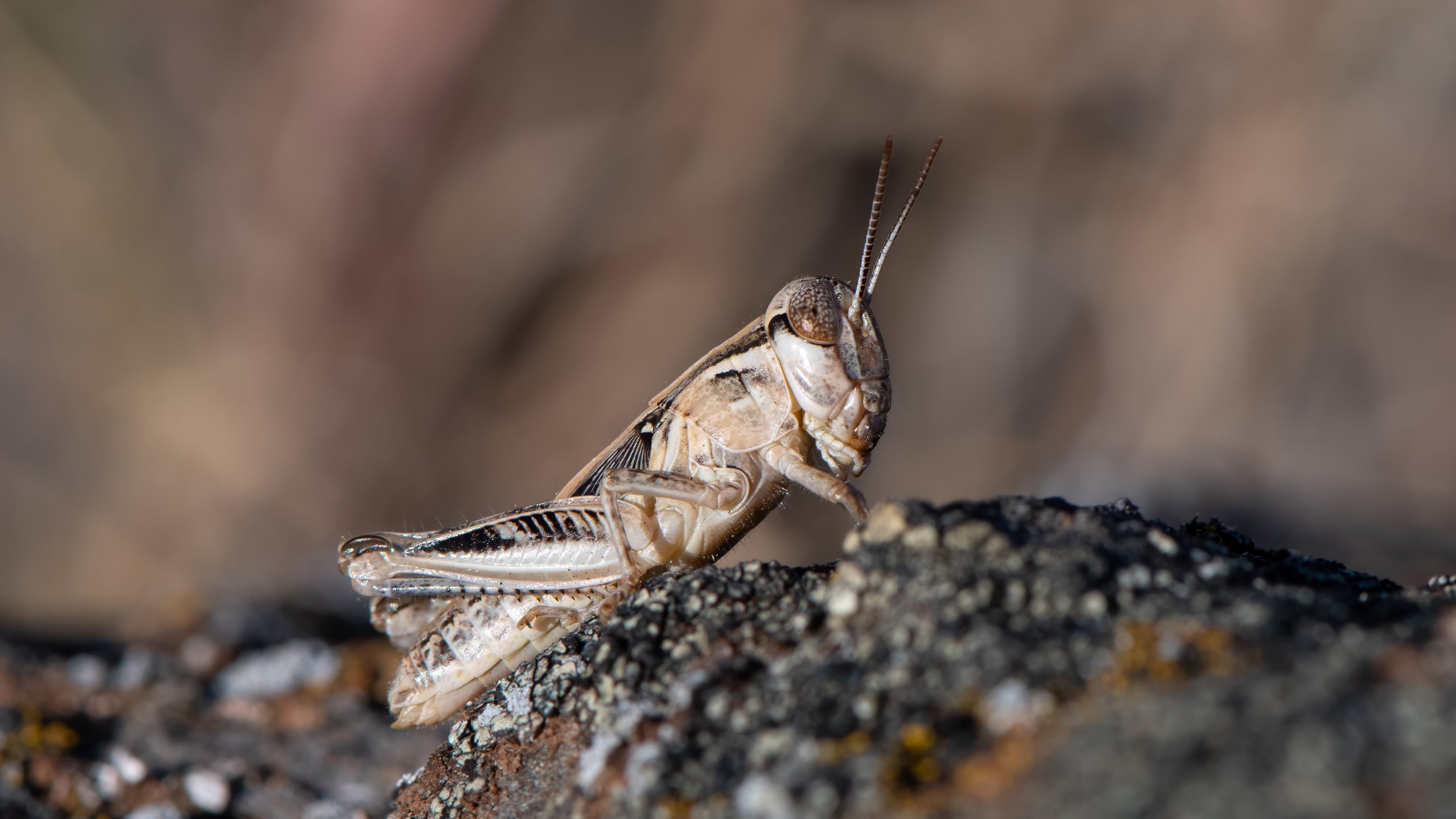
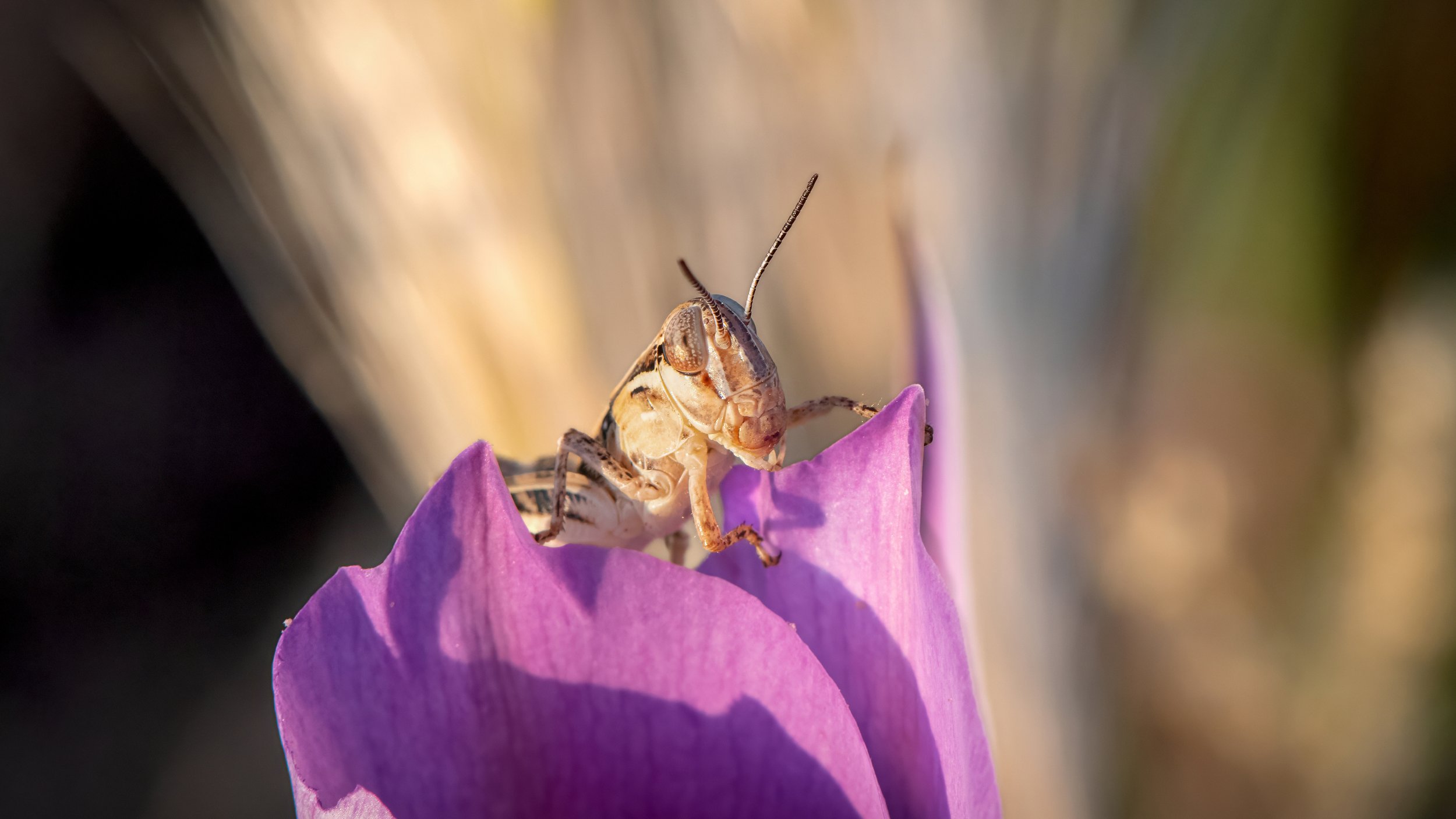
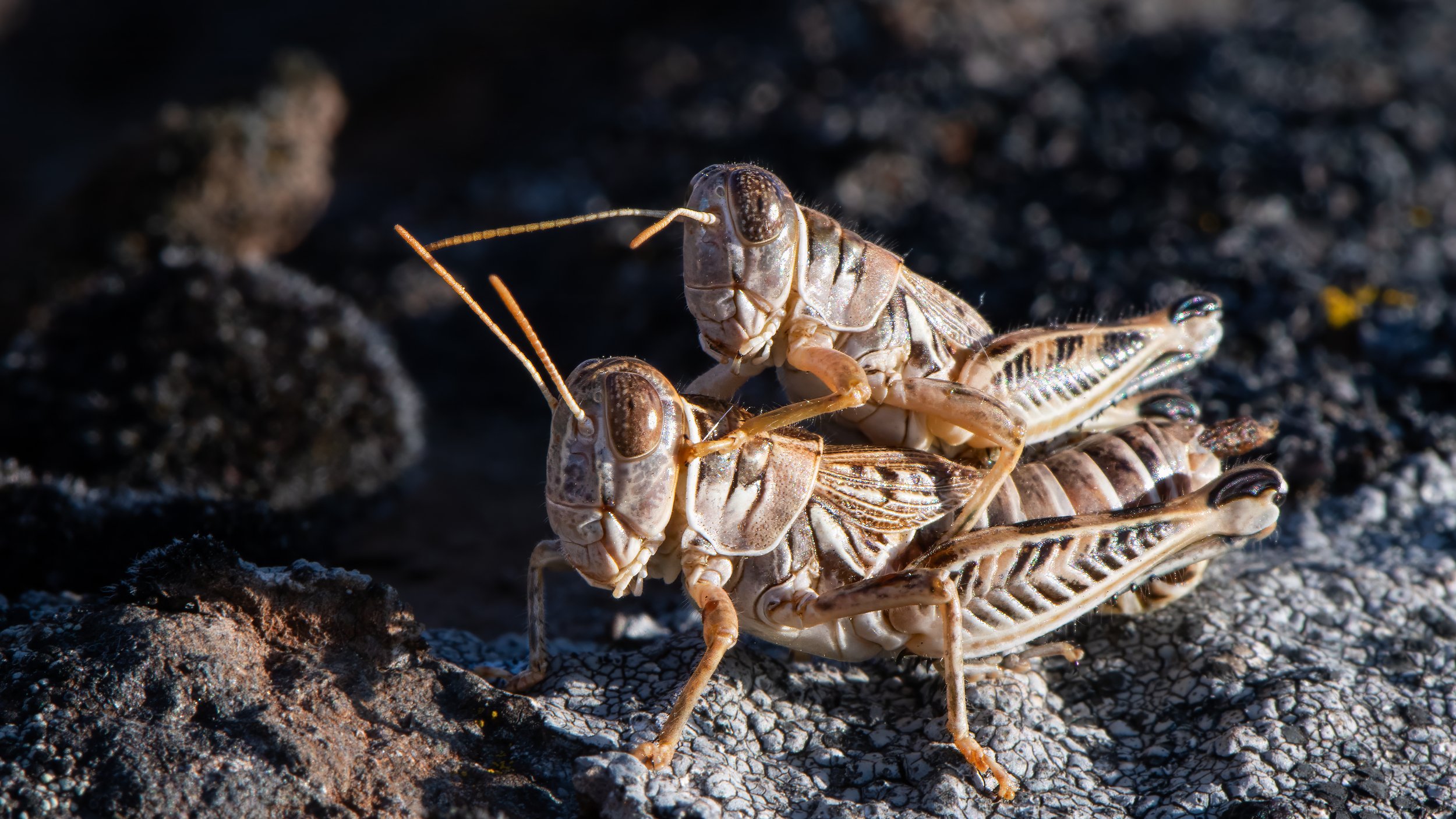
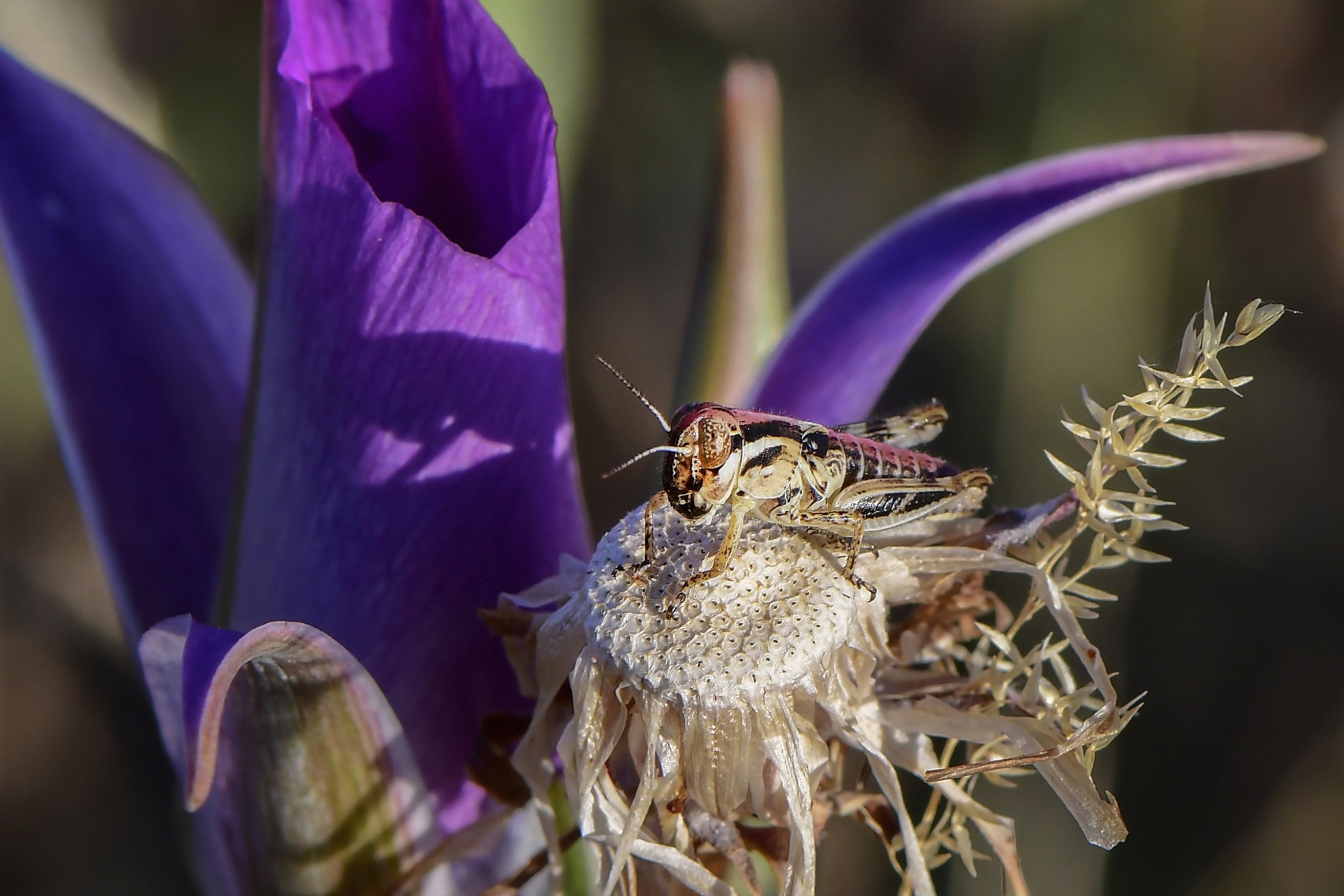
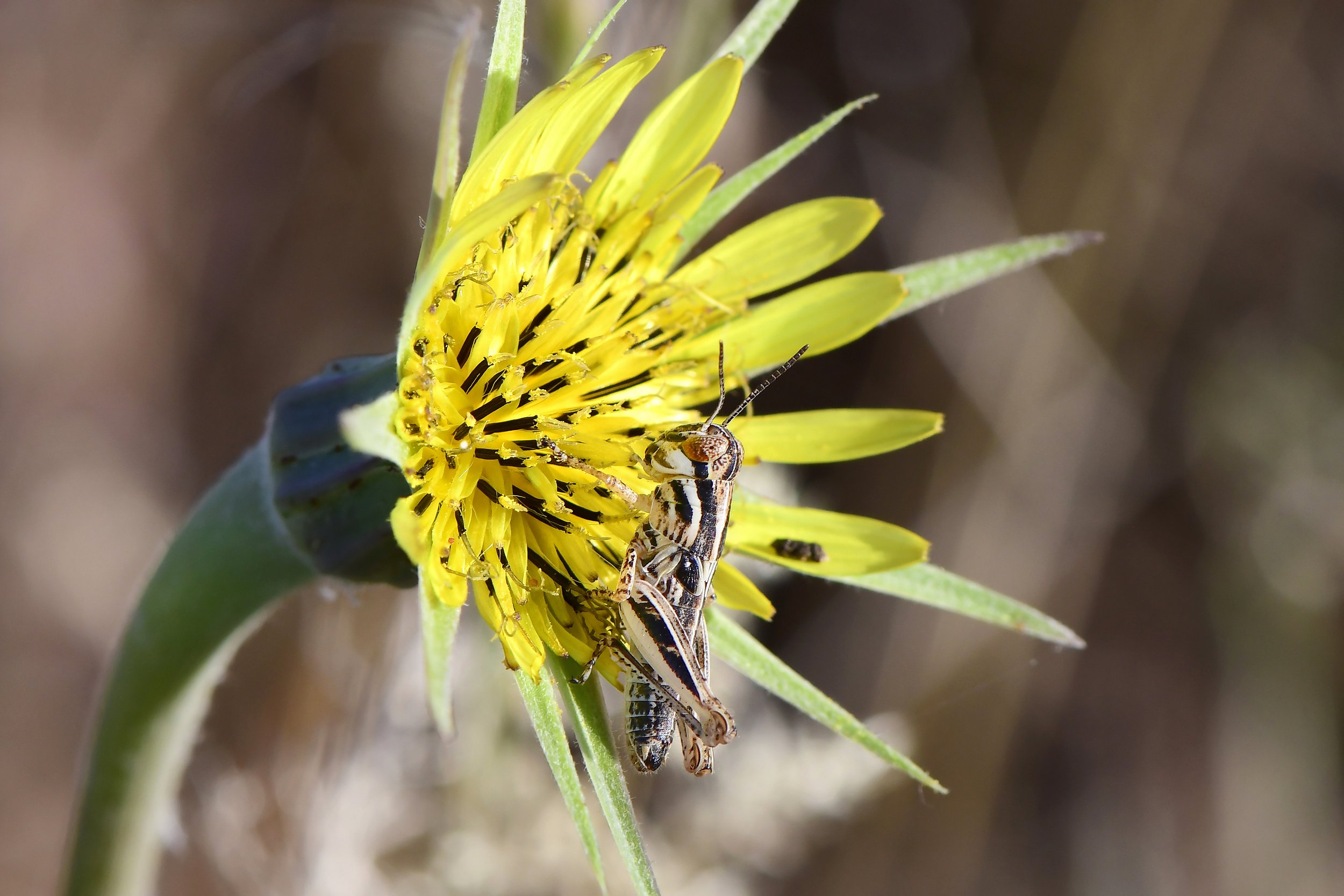
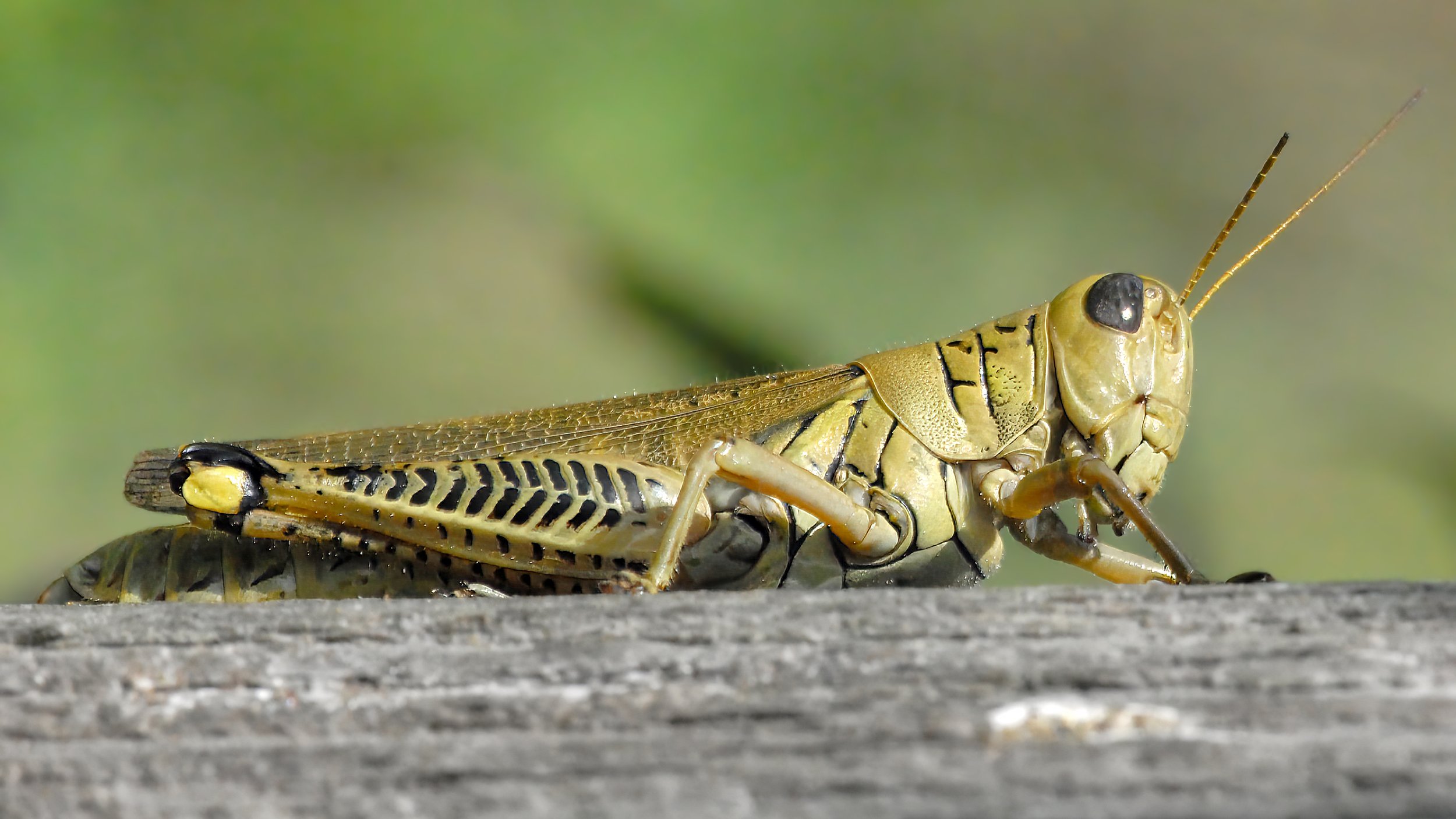
With ears in their bellies and springs in their legs, grasshoppers are strange beasts. They make a nutritious snack, though!
The grasshopper's ears are found not on the head, but rather, on the abdomen. A pair of membranes that vibrate in response to sound waves are located one on either side of the first abdominal segment, tucked under the wings.
Grasshoppers make music by stridulating or crepitating. Most grasshoppers stridulate, which means that they rub their hind legs against their forewings to produce their trademark sounds. Special pegs on the inside of the hind leg act like a percussion instrument of sorts when they come in contact with the thickened edge of the wing. Band-winged grasshoppers crepitate, or loudly snap their wings as they fly.
A grasshopper's hind legs function like miniature catapults. In preparation for a jump, the grasshopper contracts its large flexor muscles slowly, bending its hind legs at the knee joint. A special piece of cuticle within the knee acts as a spring, storing up potential energy. The grasshopper then relaxes its leg muscles, allowing the spring to release its energy and fling the insect into the air.
Grasshoppers eat about half their body weight in plants each day. When they swarm, they can completely defoliate a landscape.
Grasshoppers are an important source of protein. People have been consuming locusts and grasshoppers for centuries. They are a regular component in local diets in many areas of Africa, Asia, and the Americas.
Source: https://www.thoughtco.com/fascinating-facts-about-grasshoppers-1968334
What’s the flehmen response and why do horses do it?
Pryor Mountain stallion exhibiting the flehmen response. The response pushes scent particles through a structure in the nose called the vomeronasal organ (VNO). This is a common behavior for stallions when they’re trying to detect mares in heat, but any horse will use the flehmen response when they find something unusual in their environment.
A trumpeter swan's neck is as long as its body. It allows the bird to reach plants far beneath the surface of the water and aids in producing the swan's signature call.
Male swans are called cobs and females are called pens.
Skunks can squeal like a pig, chirp like a bird, whimper like a dog, whine, and even grumble and grunt when upset. They also smack their lips when content.
A skunk’s tracks look like mini bear tracks. Both feature long claws, five toes, a heel pad and a metacarpal pad.
Skunks and bears eat mostly the same things as they’re both omnivores.
Skunks sometimes dance before spraying.
https://www.iowadnr.gov/About-DNR/DNR-News-Releases/ArticleID/1699
Egyptian Geese are not true geese, in fact they are ducks. Egyptian Geese are members of the Anatidae family (including ducks, geese, and swans), subfamily shelducks. Shelducks are members of the duck tribe Tadornini in the Anatidae family, so Egyptian Geese are actually ducks.
Native to Sub-Saharan Africa and the Nile Valley, the Egyptian Goose has been introduced to Europe, the United States, and elsewhere. In the U.S., breeding populations are found in Arkansas, California, Florida, Nebraska, Oklahoma and Texas.
Egyptian Geese are aggressively territorial when breeding and frequently pursue intruders into the air, attacking them in aerial “dogfights”. They have been observed attacking aerial objects such as drones that enter their habitat as well.
https://en.wikipedia.org/wiki/Egyptian_goose
https://avianhybrids.wordpress.com/2019/04/06/an-egyptian-goose-is-not-a-goose/








